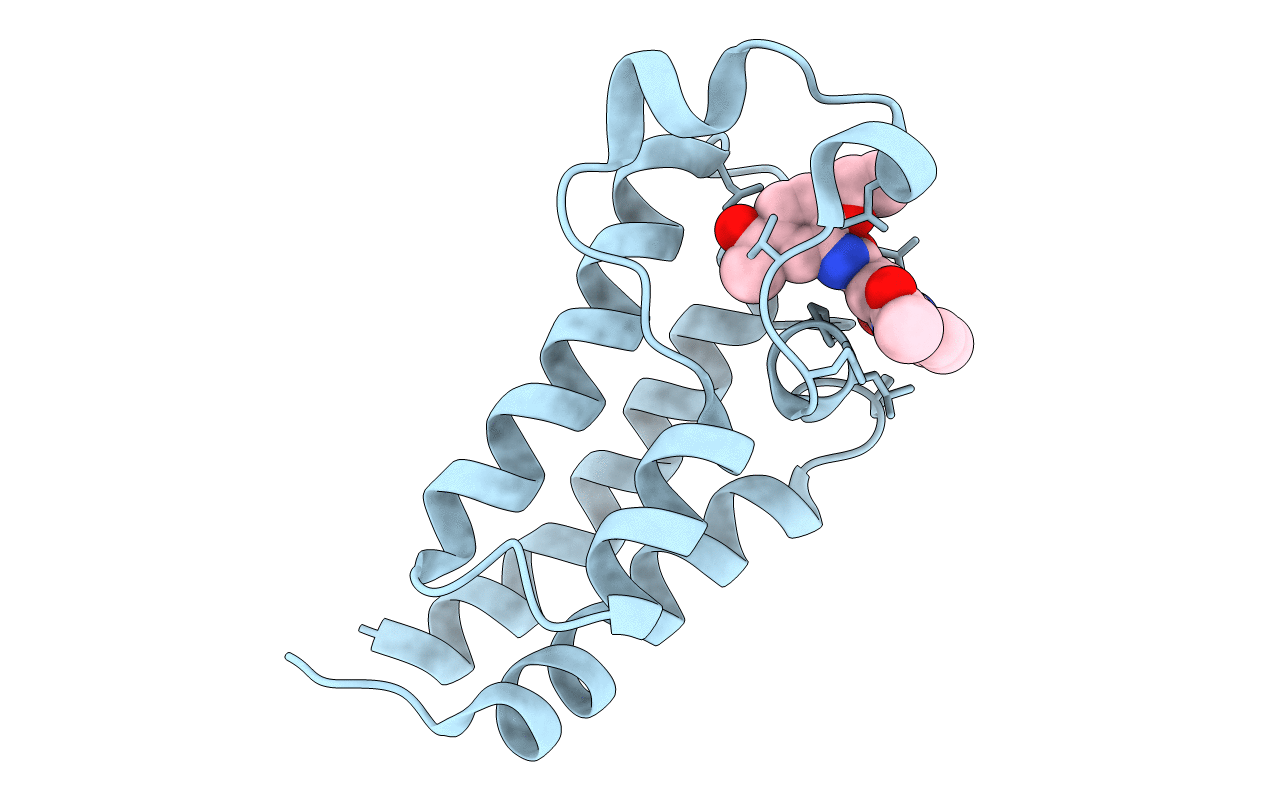
Deposition Date
2017-04-04
Release Date
2018-02-21
Last Version Date
2024-01-17
Entry Detail
PDB ID:
5NLK
Keywords:
Title:
Crystal structure of CREBBP bromodomain complexd with US13A
Biological Source:
Source Organism:
Homo sapiens (Taxon ID: 9606)
Host Organism:
Method Details:
Experimental Method:
Resolution:
1.80 Å
R-Value Free:
0.21
R-Value Work:
0.17
R-Value Observed:
0.18
Space Group:
P 21 21 21


